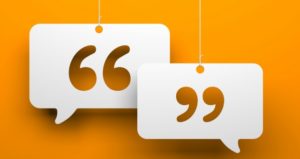
Student Resistance: Fact or Fiction
When faculty consider adopting a new instructional approach, there’s always a question about how it will be received by students. Will they engage with it and learn from it, or will they resist, as in complain, participate reluctantly, and give the course and instructor low








